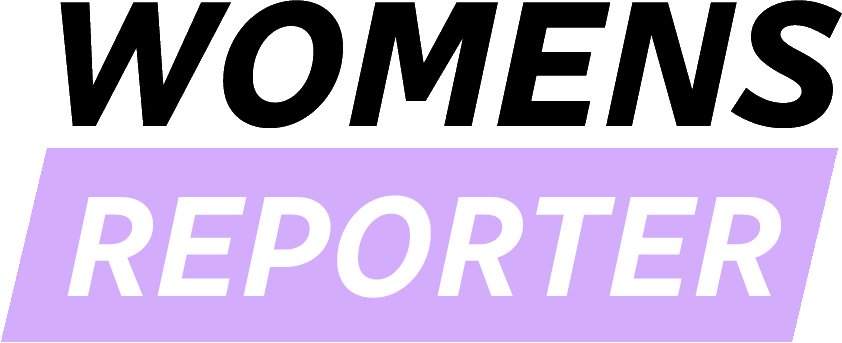Introduction to Women-led Advocacy in the Workplace
In today’s rapidly evolving work environment, women-led advocacy groups are making significant strides in transforming workplace policies. By focusing on equity, inclusivity, and family-friendly practices, these organizations are influencing both corporate and governmental decisions. This transformation is paramount in ensuring that workplaces can adapt to meet the diverse needs of their employees.
Key Organizations Driving Change
Notable groups, such as Lean In, founded by Sheryl Sandberg, and MomsRising, are at the forefront of this movement. These organizations advocate for vital policies including paid family leave, equal pay, and flexible working hours. Their concerted efforts have not only sparked essential national conversations but have also led to recognizable policy changes within various industries. These advocacy groups play a crucial role in challenging the status quo and promoting comprehensive policies that support a balanced work-life approach for all employees.
Personal Experiences Shape Advocacy Strategies
The effectiveness of female advocates in championing workplace reforms often stems from their personal experiences. This connection to lived realities adds depth and sensitivity to their initiatives, ensuring their approaches are both empathetic and practical. By focusing on critical issues such as caregiving responsibilities, mental health, and gender discrimination, these advocates are addressing systemic barriers that disproportionately affect women in the workforce, providing a voice to those who might otherwise go unheard.
Challenges Faced by Women-led Advocacy Groups
Despite their impact, women-led advocacy groups face ongoing challenges. Resistance from traditional corporate cultures can hinder progress, as entrenched attitudes may view new policies as disruptive rather than beneficial. Furthermore, limited funding for advocacy initiatives poses another obstacle. These financial constraints can restrict the reach and effectiveness of their campaigns. However, the resilience and innovation of these groups should not be underestimated.
Leveraging Technology and Partnerships for Impact
To navigate these obstacles, women-led advocacy organizations are increasingly turning to social media and grassroots campaigns for support. These platforms provide a powerful means of communication and mobilization, enabling advocates to raise awareness and share their messages widely. Collaborations with progressive organizations also amplify their efforts, creating broader networks of support for their initiatives. These strategies significantly enhance their ability to effect change at various levels, demonstrating adaptability in an ever-changing landscape.
Reshaping Workplace Norms
The work of women-led advocacy groups is crucial in reshaping workplace norms. By pushing for policies that prioritize family needs, promote gender equity, and foster inclusivity, they are creating environments where all employees can thrive. This shift in workplace culture underscores the significance of collaboration and collective action in achieving long-lasting equity and fairness. Their contributions serve as a blueprint for future workplaces, highlighting the necessity of evolving with society’s values and needs.
Conclusion
In conclusion, women-led advocacy groups play a pivotal role in transforming workplace dynamics by championing equity and inclusivity. Their focused efforts address systemic barriers and advocate for essential policies that support diverse workforces. While challenges remain, the resilience of these organizations—bolstered by technology and strategic partnerships—profoundly influences workplace policies and culture. The evolution of workplaces into more equitable and inclusive environments is not just a goal but a necessitated standard for future practices.
FAQs
What are women-led advocacy groups?
Women-led advocacy groups are organizations primarily led by women that focus on promoting policies and practices aimed at achieving gender equality and inclusivity in various sectors, particularly in the workplace.
How do these organizations influence policy changes?
These organizations influence policy changes through advocacy, public campaigns, grassroots mobilization, and collaboration with policymakers and other organizations to push for necessary reforms in workplace practices.
What challenges do these groups face?
Women-led advocacy groups encounter challenges such as resistance from traditional corporate cultures, limited funding, and often a lack of awareness about the issues they advocate for within broader society.
What impact do women-led advocacy groups have on workplaces?
These groups have a significant impact on workplaces by advocating for vital policies such as paid family leave, equal pay, and flexible working arrangements, which ultimately help create a more equitable and supportive environment for all employees.
How can individuals support women-led advocacy groups?
Individuals can support these groups by volunteering, donating, raising awareness about their initiatives on social media, and participating in advocacy campaigns aimed at promoting gender equity in the workplace.
